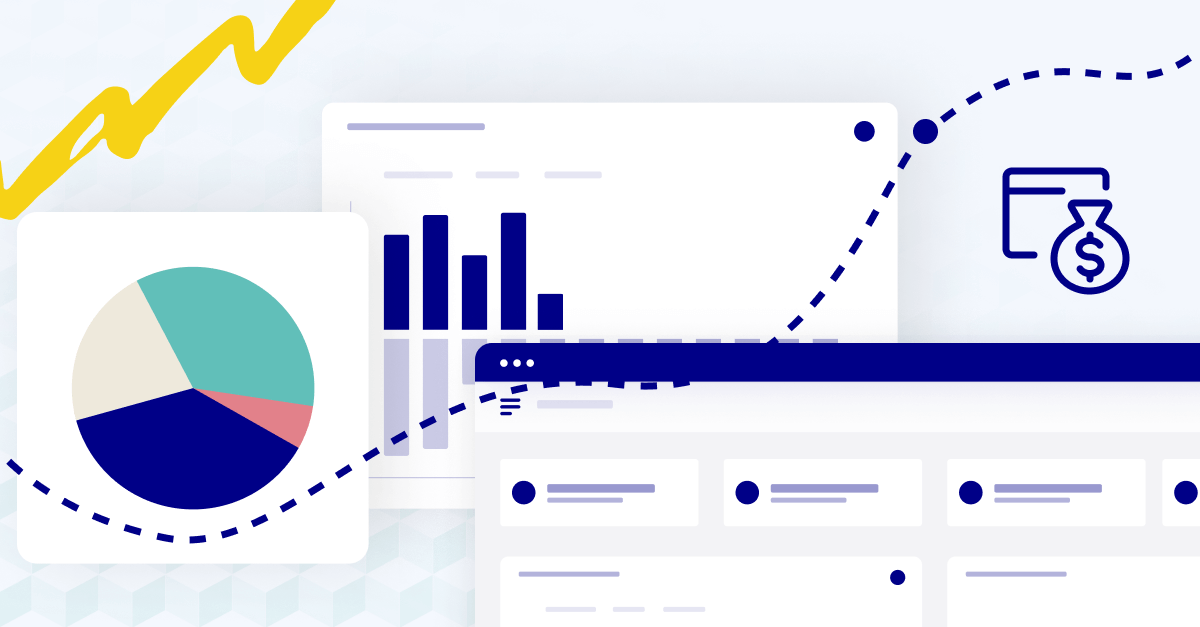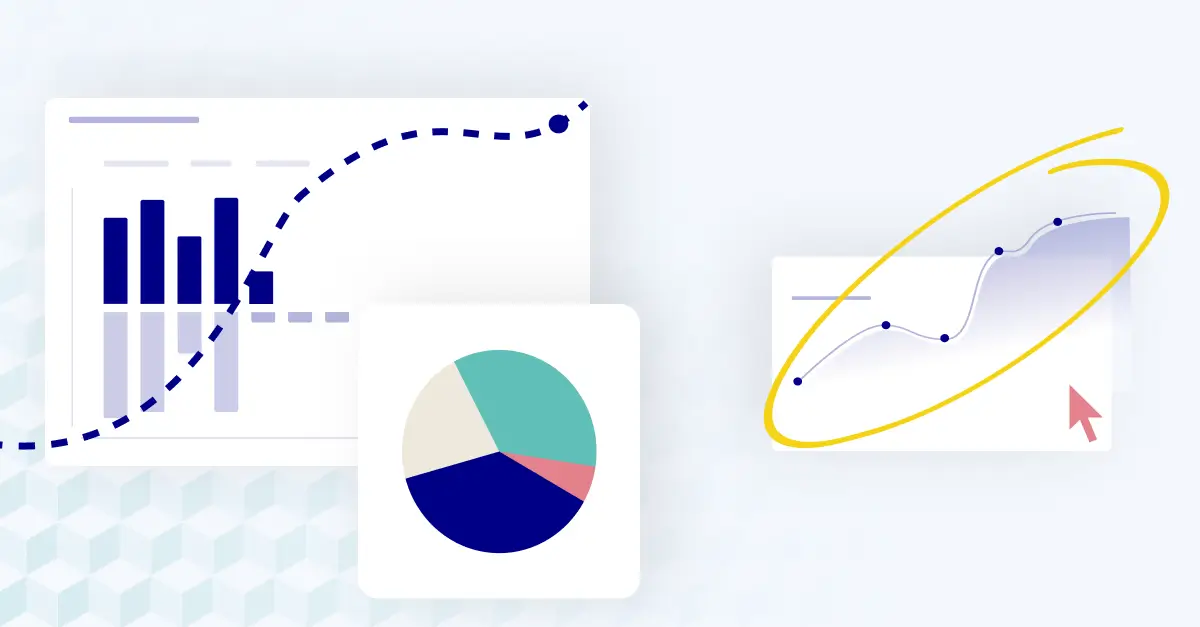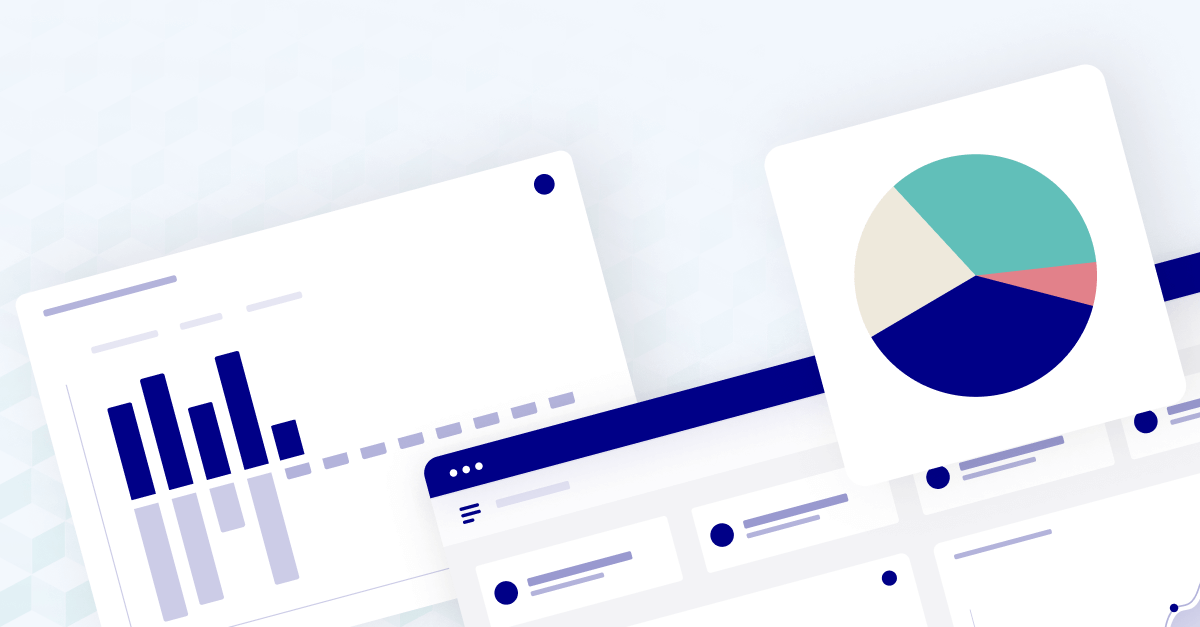If you want a jumpstart on the information you learn here, check out Cube’s free Excel headcount planning template, and put everything you read here into practice.
What is headcount forecasting?
Headcount forecasting is a strategy for modeling a future headcount plan based on your current workforce.
Creating a successful headcount plan means creating multiple scenarios based on historical data.
Forecasting hiring for new employees ensures that future goals and your future capacity align. It also reveals gaps in skills or obstacles managers may encounter when planning the roadmap and building teams around those plans.
Why should you use headcount forecasting?
Successfully planning your headcount and future needs offers a range of financial and strategic planning benefits.
From better project planning and workforce balancing to more accurate budgets and capital efficiency, taking a detailed and thoughtful approach can greatly reduce uncertainty and improve outcomes:
1. Improved employee satisfaction
Balancing human capital with business demands ensures employees experience a healthy workload and remain engaged without burning out.
Keeping an optimal total headcount through accurate forecasting can extend the tenure of your current employees and reduce costly turnover and loss of your institutional knowledge base.
Happier employees mean you'll score better on those common workforce metrics: employee NPS, attrition, and overall performance. It's a good idea to establish metrics like this when you create your headcount model.
2. More accurate financial planning
Forecasting employee wages can be tricky. By building comprehensive headcount modeling, you can better understand the salary and compensation increases necessary to achieve business goals.
This results in more accurate departmental budgets and less friction in project management and on HR teams.
It also means it's easier to onboard new hires.
3. Faster time to market
Making the most of your workforce and strategically adding headcount improves the ability to deliver roadmap objectives on time.
That creates a positive impact on the entire business.
Workforce planning also ensures you have the right roles working on business activities.
4. More workforce visibility
Headcount planning and forecasting go beyond simple wage estimates to deliver visibility into your evolving org chart. This kind of real-time data is invaluable to most companies.
Comprehensive modeling reveals skill gaps that may delay the timely delivery of objectives.
In many organizations, business leaders and internal stakeholders who manage teams will appreciate the transparency.
5. Better capital efficiency
By fine-tuning your hiring cadence, organizations optimize one of their biggest cost centers. This improves capital efficiency resulting in higher profit margins.
This might result in lower customer success turnover or less logo churn because you have the key people in the right places as the business grows.
What's the cost of poor headcount planning?
Headcount planning ensures you don’t create too-large staffing levels that are detrimental to business operations. These can lead to project management issues, increased turnover, new hires without a clear role, and unhappy business owner(s).
You can also end up in a situation where Human Resources (or People Operations) is behind on budget or is overwhelmed with candidates because you didn't plan.
So the best way to ensure critical roles are filled on time is to make a plan.

How are P&L and headcount connected?
Human capital is one of the most expensive operating expenses on the budget. Perfecting the balance between hiring and spending leads to better business outcomes, faster market time, more efficient cash use, and lower employee churn. Doing so can positively impact the profit and loss statement by reducing costs in one of your company’s biggest expense categories.
- Hiring engaged and aligned talent results in higher revenue outcomes. Talent drives value and results in better-quality products and higher client satisfaction.
- Productive employees, especially those involved in direct labor, reduce the cost of production by putting out consistent, quality products and services.
- Effective hiring reduces operating expenses such as hiring expenses, onboarding investment, new hire training, and ongoing employee enrichment programs.
- Higher engagement from satisfied employees lowers internal and external risks from sources such as legal action, penalties, fines, and other performance-associated costs.
Controlling hiring through effective forecasting and needs assessments ensures you have the right people engaged in the best activities, driving down costs and strengthening the company's position.
Type of headcount forecasting
The workforce planning you perform depends on the data you want to understand. There are a few common forms of headcount forecasting and analysis that reveal different data points about your organization and hiring needs:
As-is analysis
Consolidating your current headcount data into a single database. This allows you to examine the current organizational structure, roles, work grades, demographics, and other data to understand the gaps and opportunities in your workforce.
Headcount demand forecasting
Predicting the type and number of roles the organization will need based on its future goals and development roadmaps. This informs HR’s hiring decisions and cadence.
Headcount supply forecasting
Forecasting the availability (internal or external) of talent over a specific future period. Doing so can help you understand the required talent and effort to meet project roadmap requirements.
Recruitment sales forecasting
Planning the hires you intend to make over the next period (month, quarter, half year, or year). The forecast outlines the costs of these hires and estimates the associated revenue they will generate.
This type of planning accompanies internal sales forecast exercises such as sales quota capacity planning.
Succession planning
Planning for the expected staff flow into and out of your organization. With a succession plan, you identify the critical positions within the company that must remain filled.
Then you form an action plan for filling those roles as current employees cycle out due to promotion, separation, or retirement.
What challenges do businesses face in headcount forecasting?
Headcount forecasting is both a creative and a quantitative process. While looking at the hard costs of employee acquisition and retention is valuable, a more holistic view often has better results.
Finance and HR face several common challenges when forecasting and workforce planning:
Inaccurate forecast results
Forecasting is an art and a science. When forecasting future needs, ensure you have the most accurate data available.
Get clear directives from department heads about upcoming needs and project alignment.
Where necessary, use sensitivity analysis to understand the effects of changing variables on the financial model.
Changing priorities
Roadmaps change as new business intelligence emerges. This understandably impacts human capital needs and costs.
Opt for a continuous cycle of evaluation and adjustment to ensure your headcount forecast remains aligned with organizational needs over the fiscal year.
Lack of “big picture” thinking
Hiring a new staff member results in various costs beyond salary. When forecasting human capital costs, be sure to account for the ancillary costs associated with new hires:
- Recruiting costs
- Training
- Equipment
- Compensation package
- Remote office stipends
- Real estate costs (for in-house workers)
- Travel (for interviews or work activities)
By including the full cost of a new hire, you ease the burden on finance and end up with more accurate forecasting overall.
Poor outcome measurement
The success of your forecasting and hiring efforts depends on measuring the desired outcomes. It’s essential to keep staffing numbers optimized, but just as important to deliver the desired business objectives within proposed time frames.
Establishing and tracking key performance indicators (KPIs) and other performance metrics can help show the ROI of your forecasting efforts.
Want a head start optimizing your headcount forecasting? Our Excel template gives you all the structure to accurately and quickly forecast human capital needs.
Conclusion: Your successful headcount plan [And free headcount forecasting template for Excel]
Now you know all about headcount forecasting.
So it's time to download our free headcount forecasting template.
Just enter your email in the form, enter your historical data into the spreadsheet, and you're good to go.



.png)




![What is headcount forecasting? [Free headcount forecasting Excel template]](https://www.cubesoftware.com/hubfs/Headcount%20Forecasting%20%281%29-1.png)




